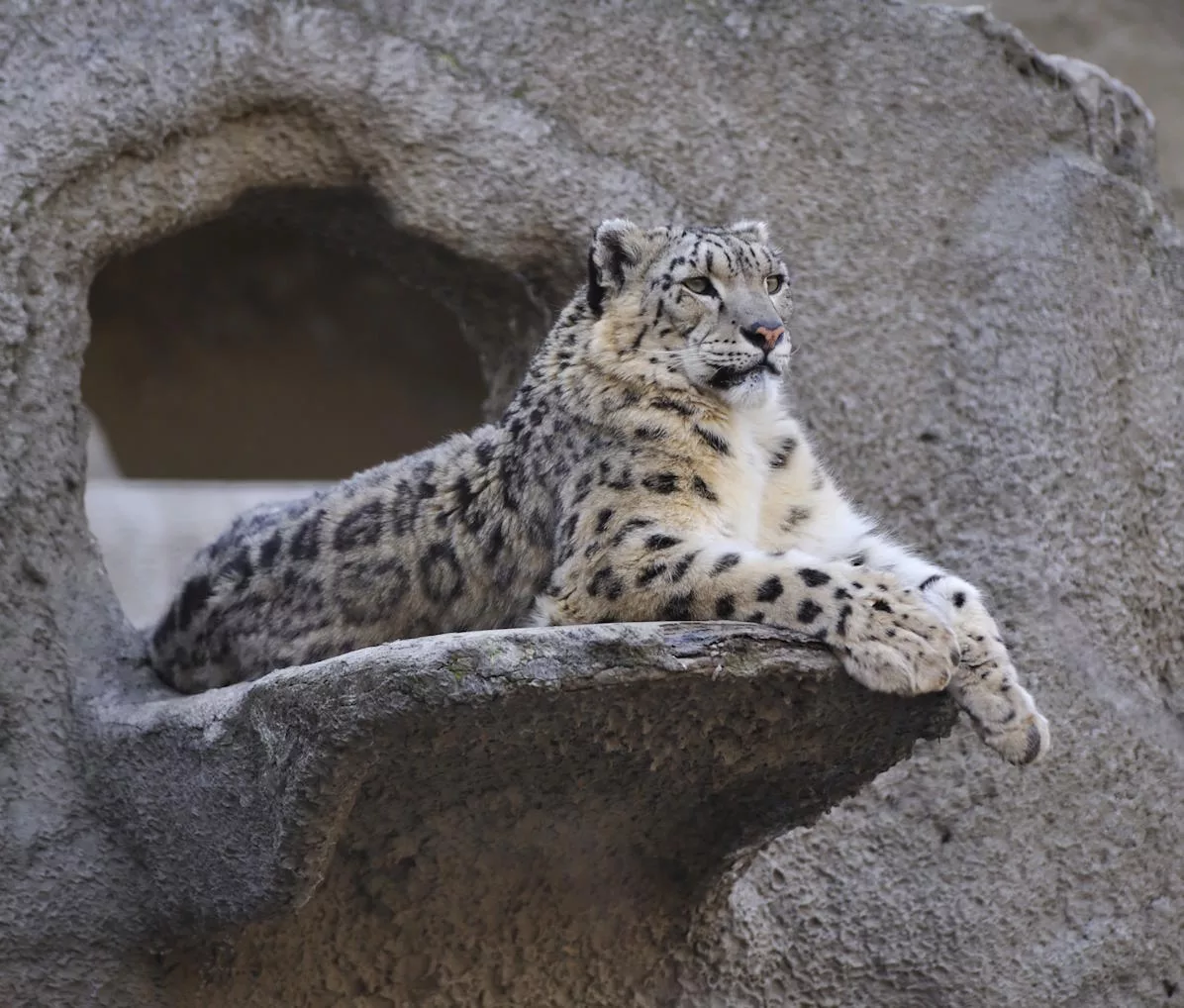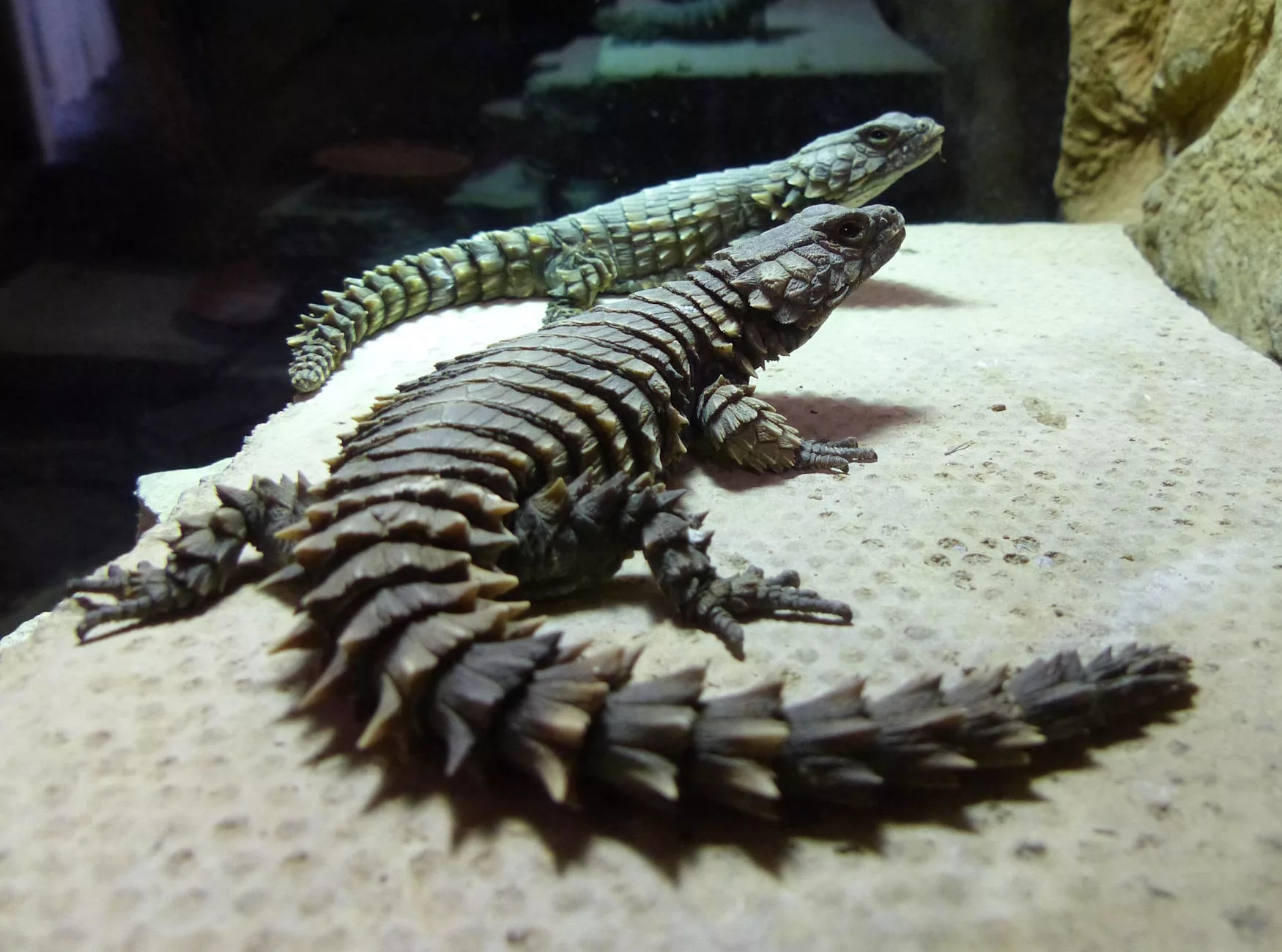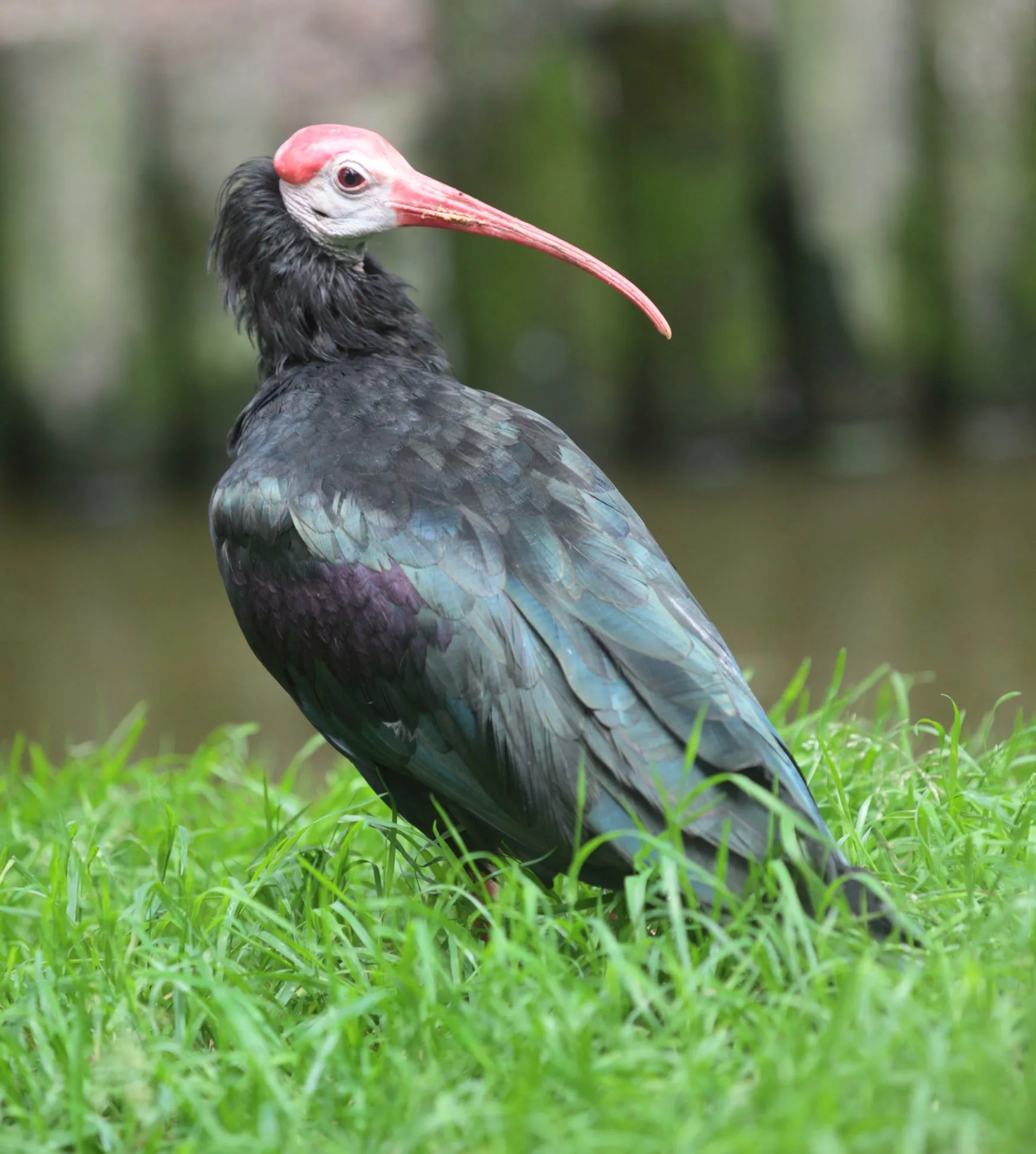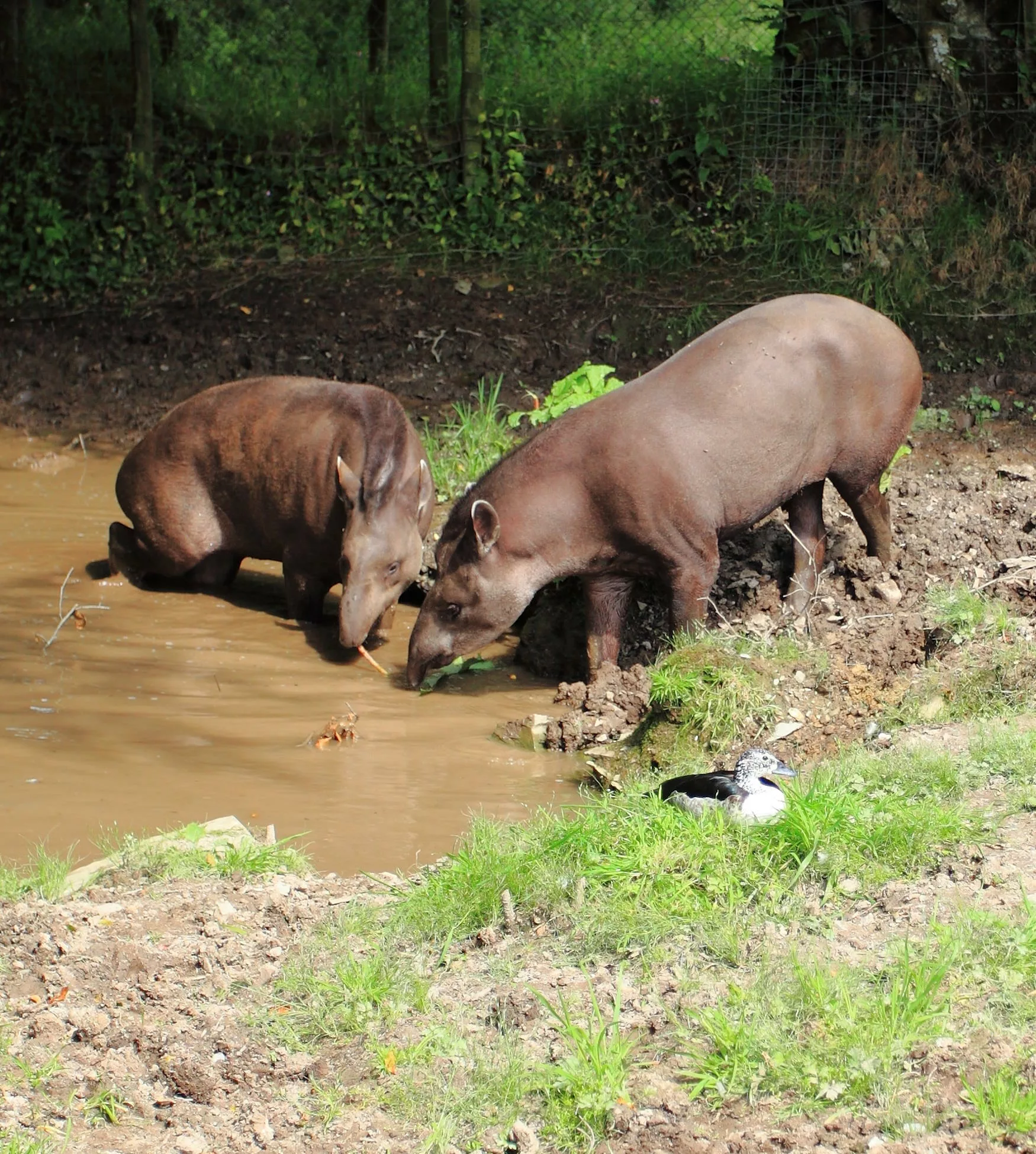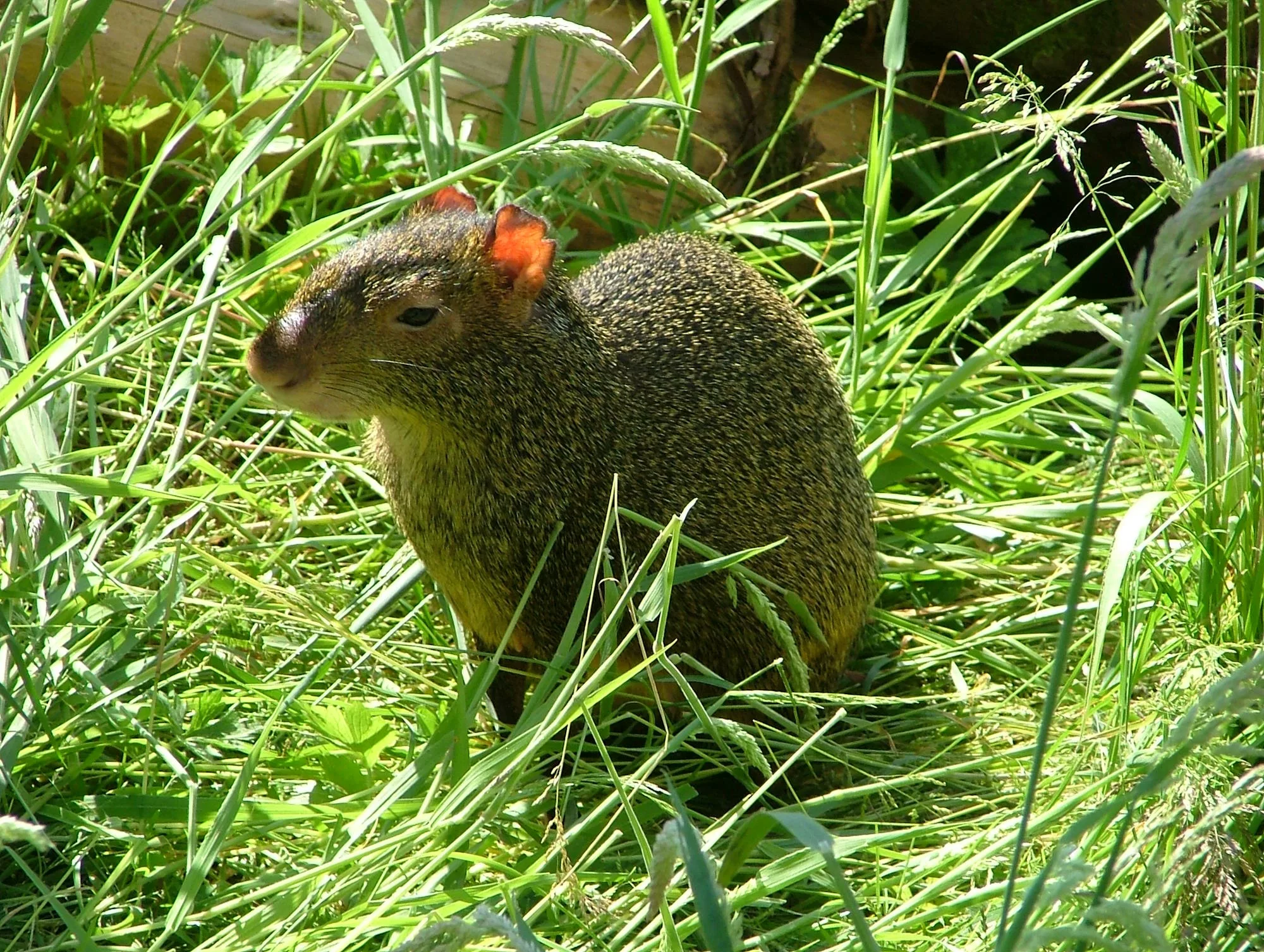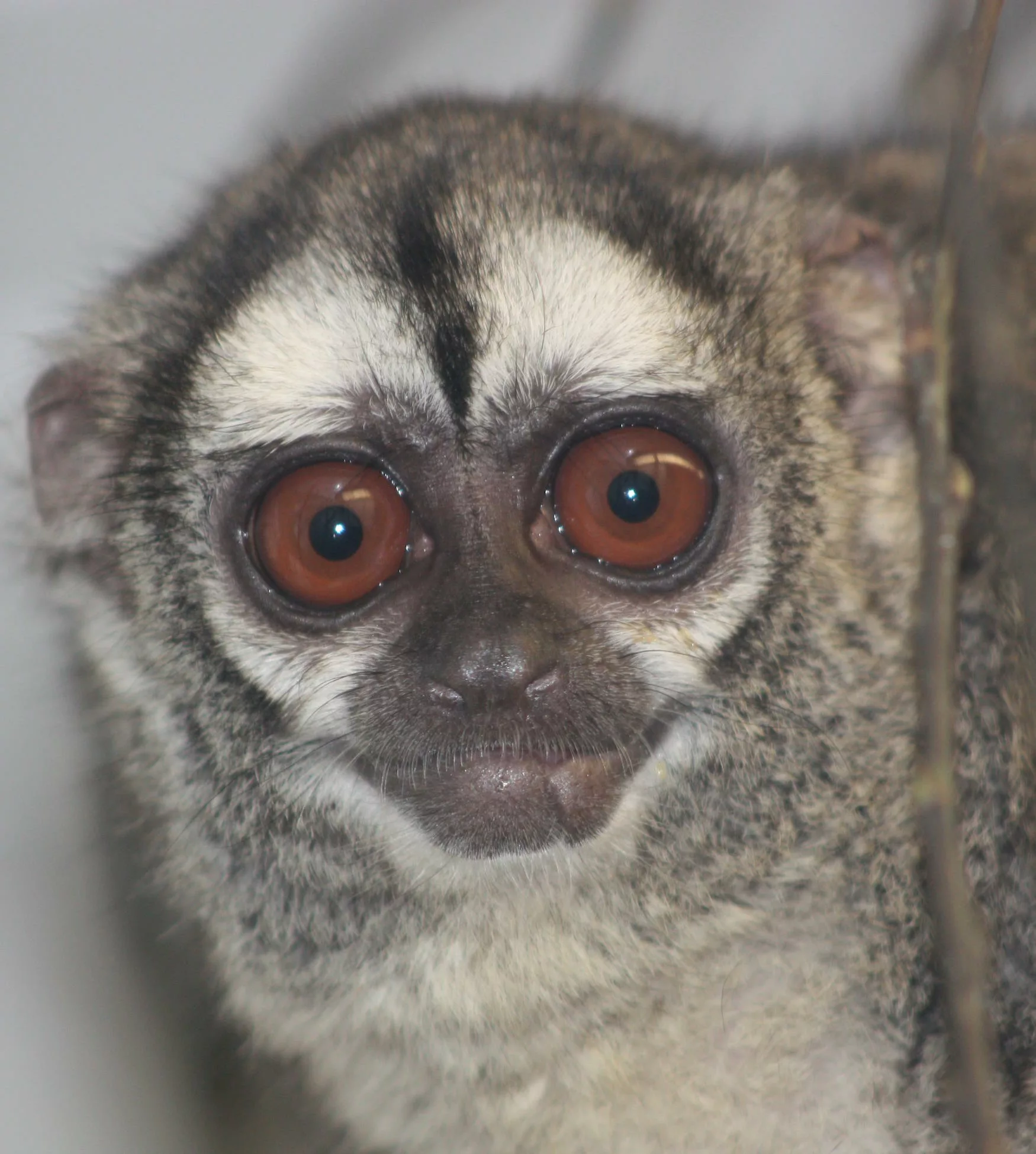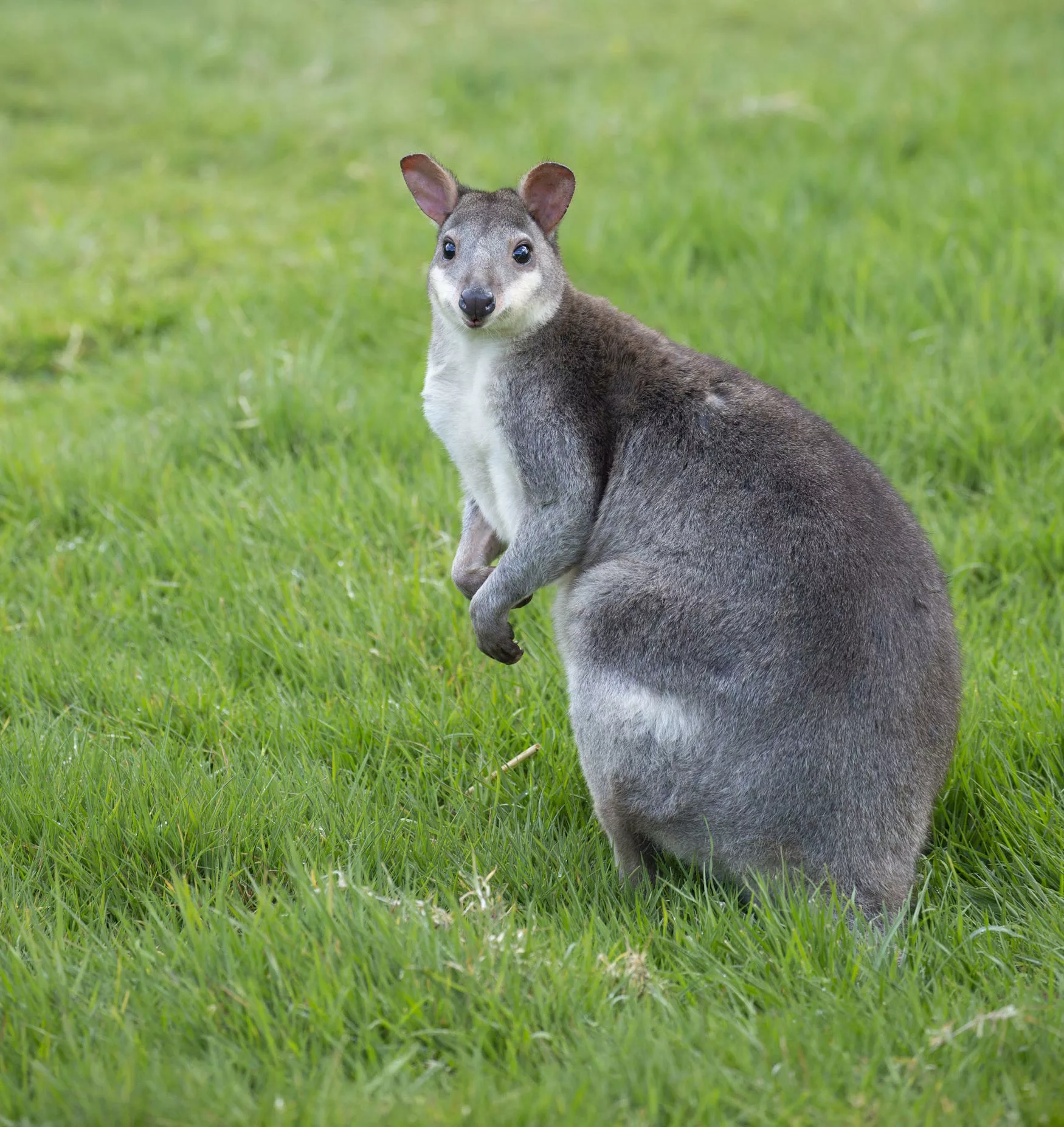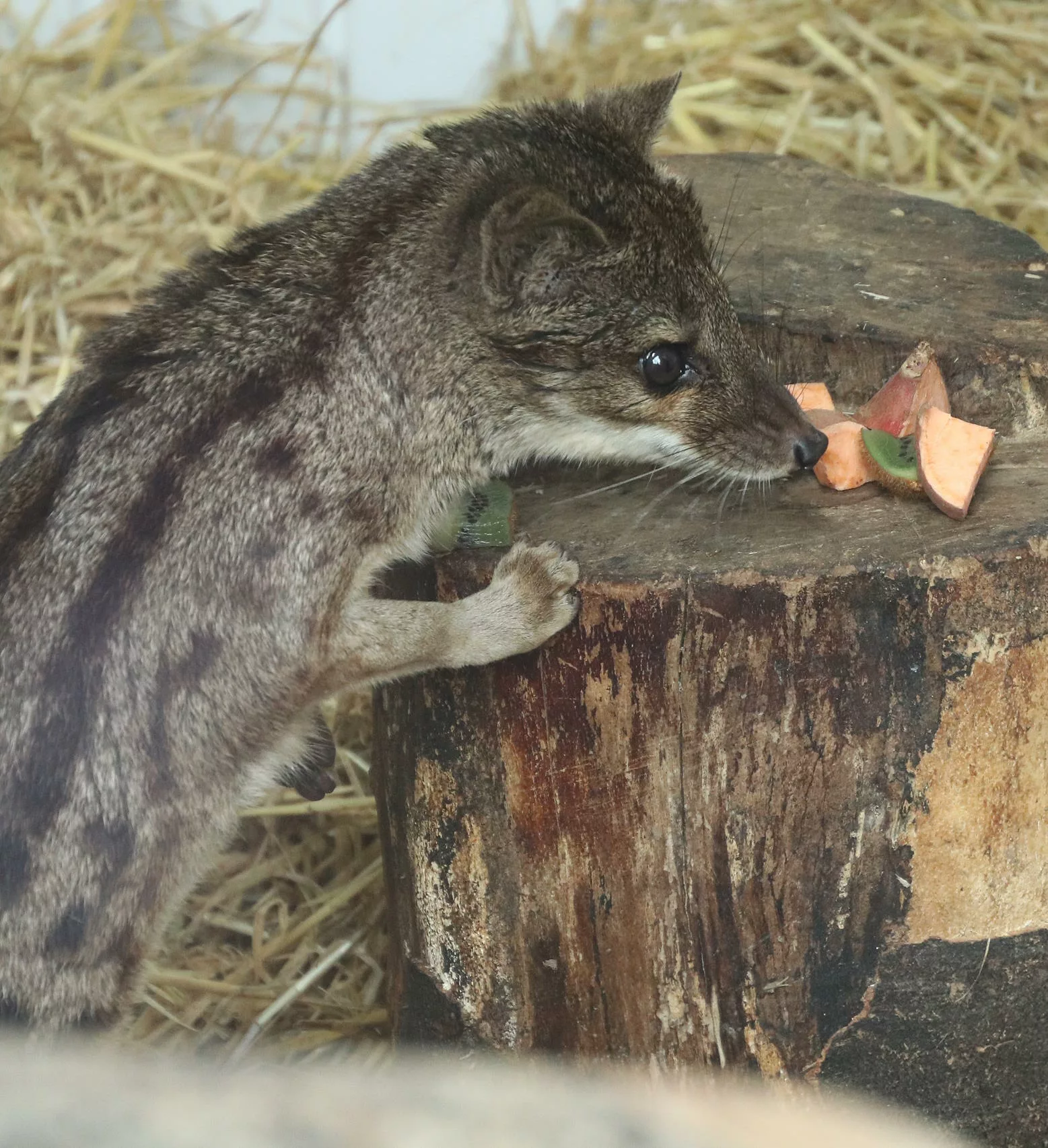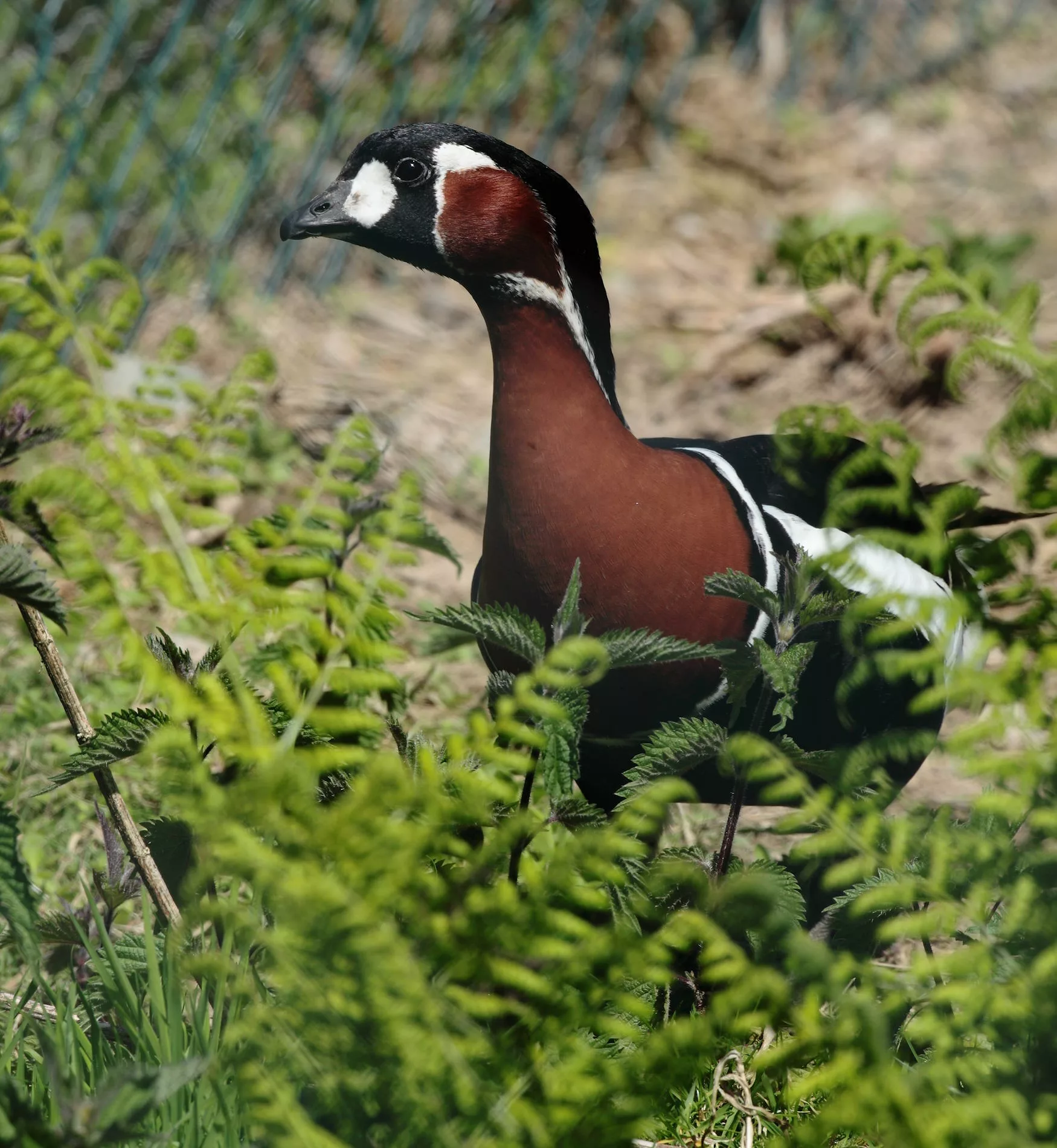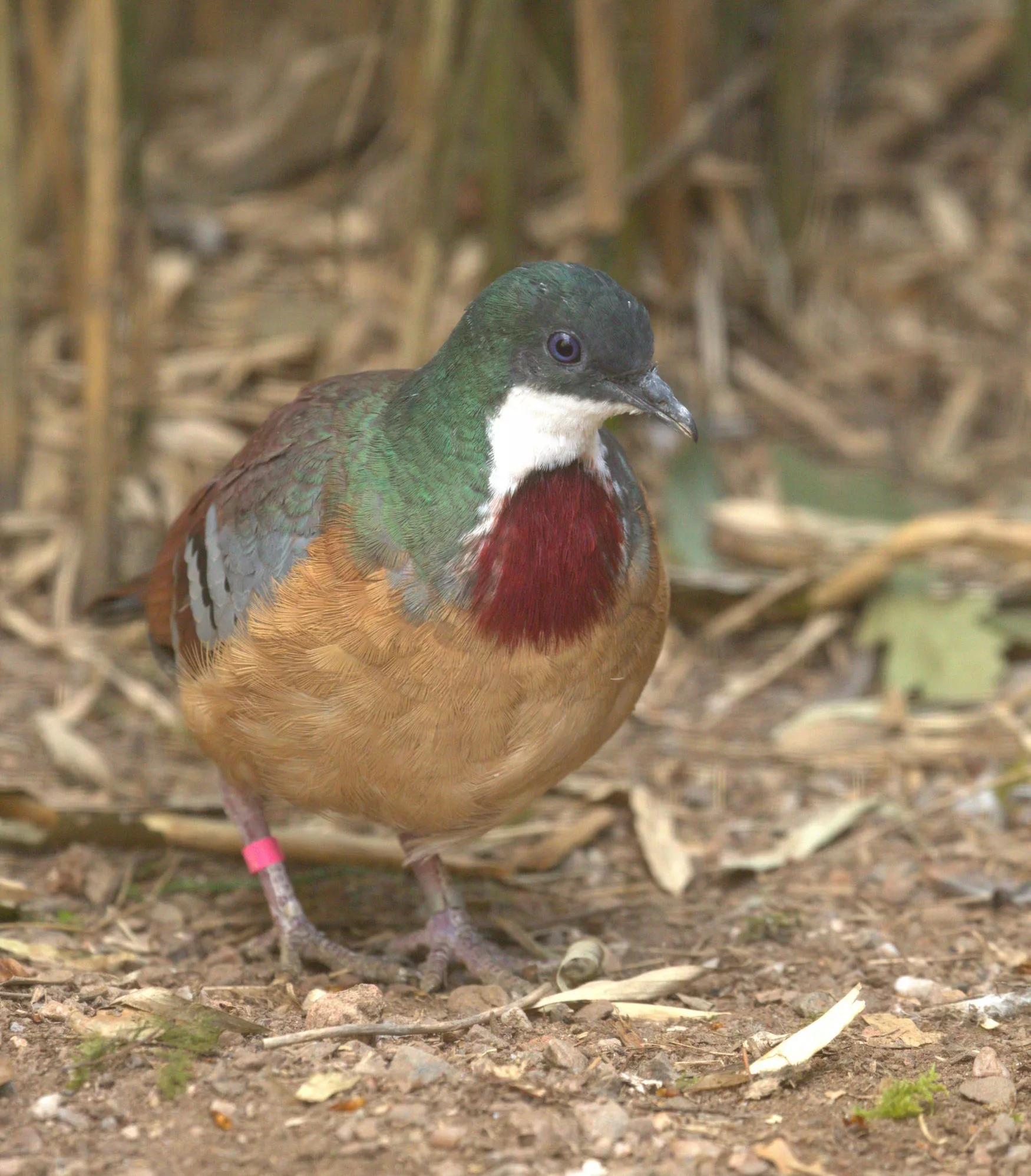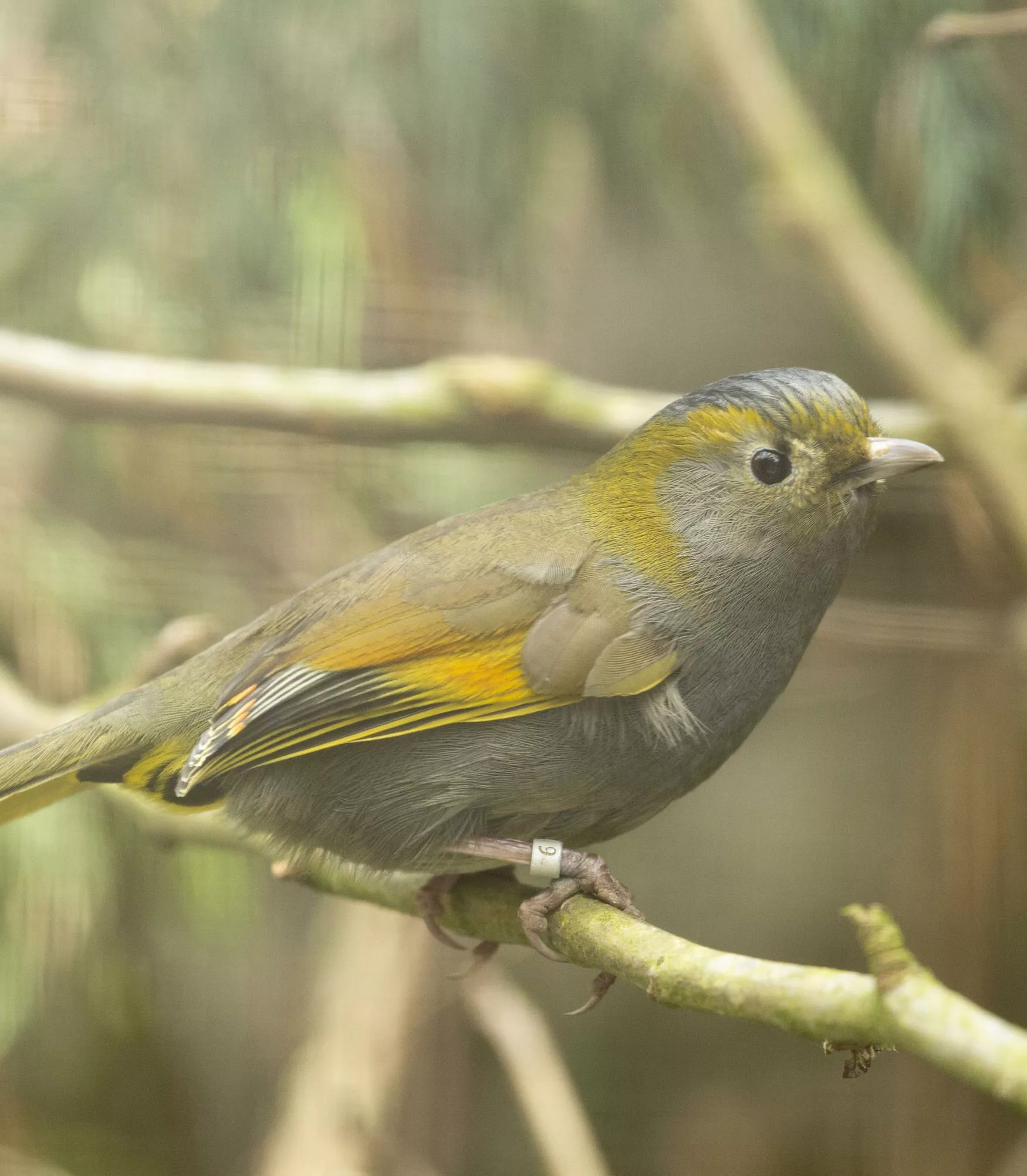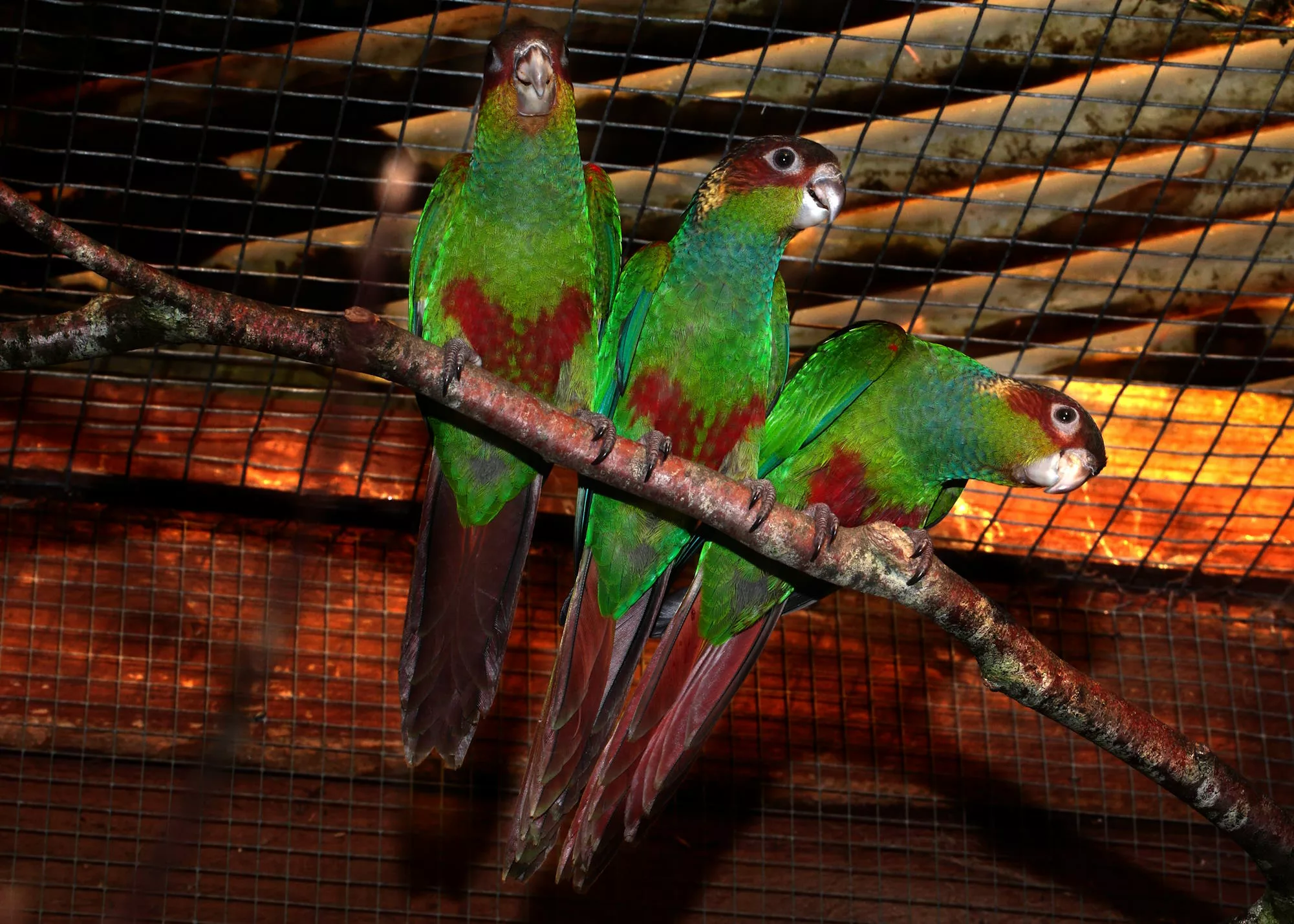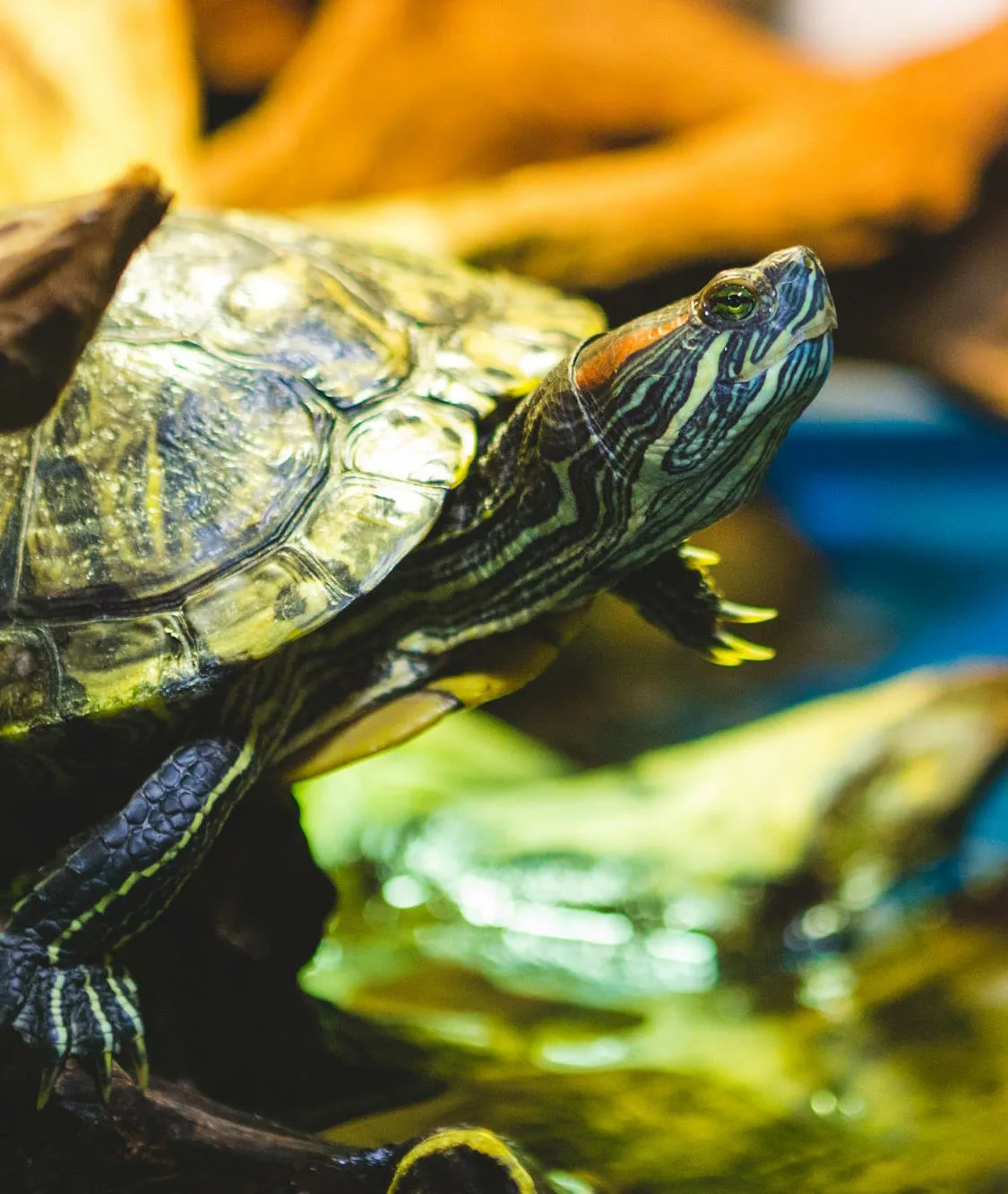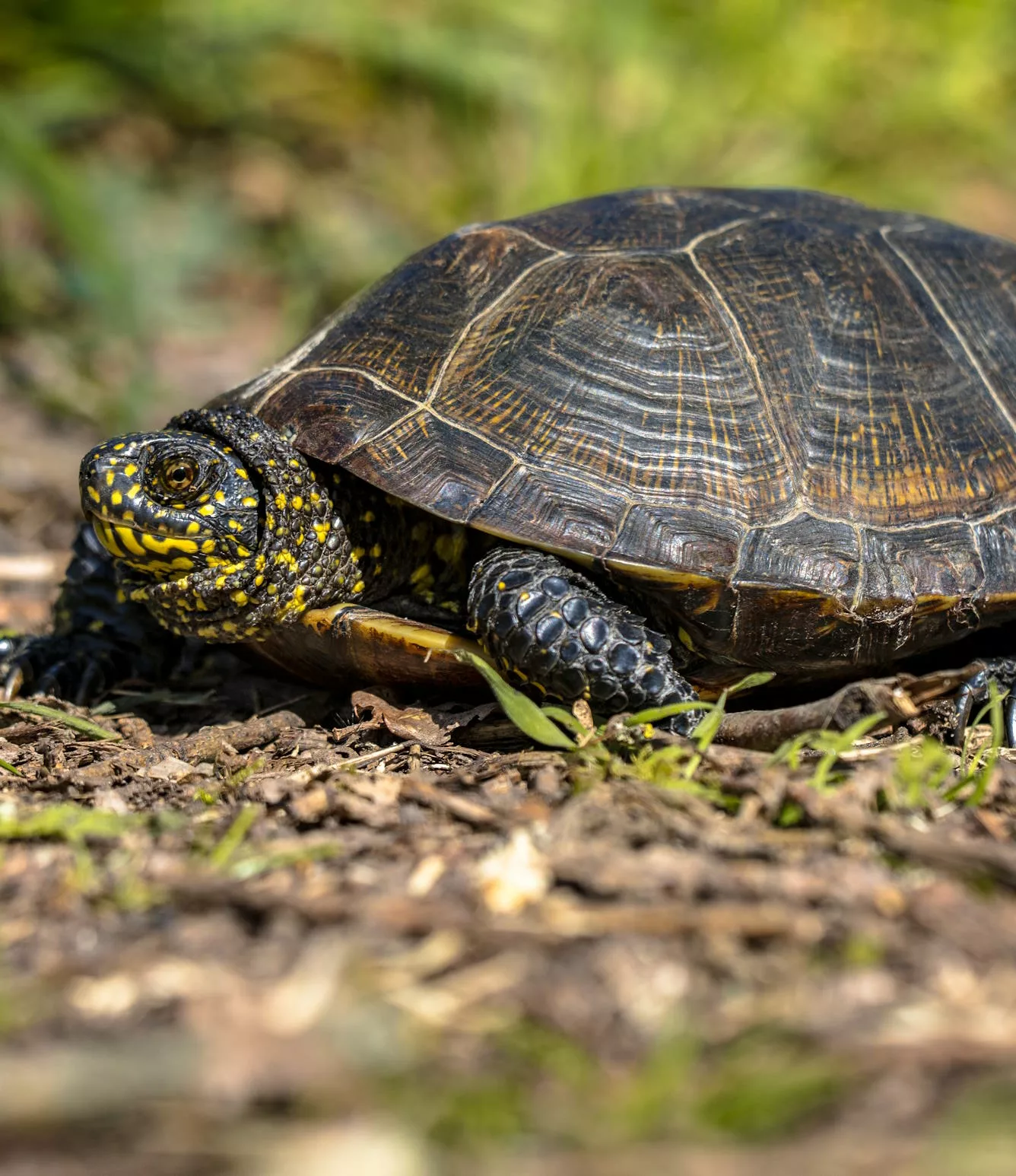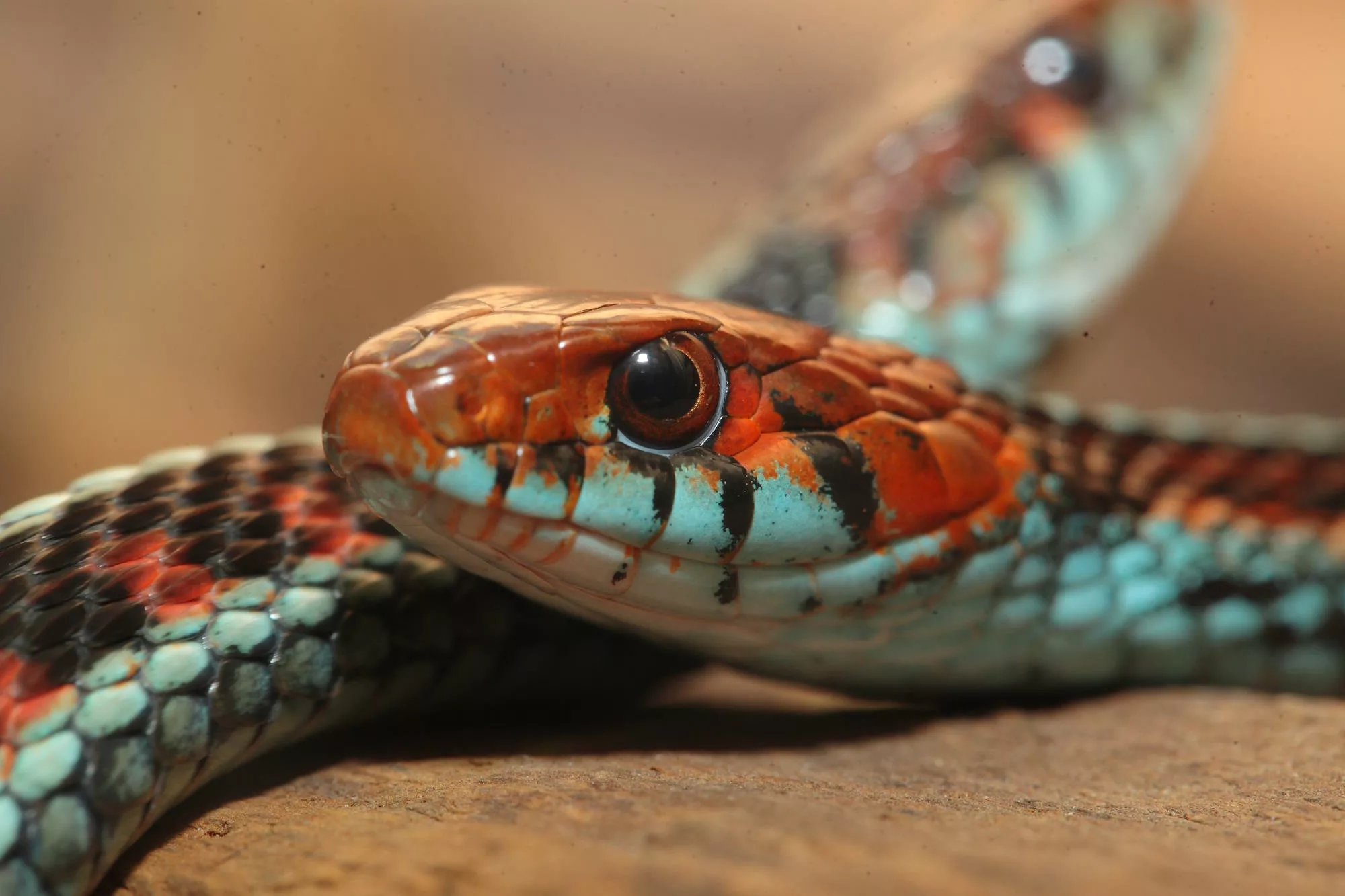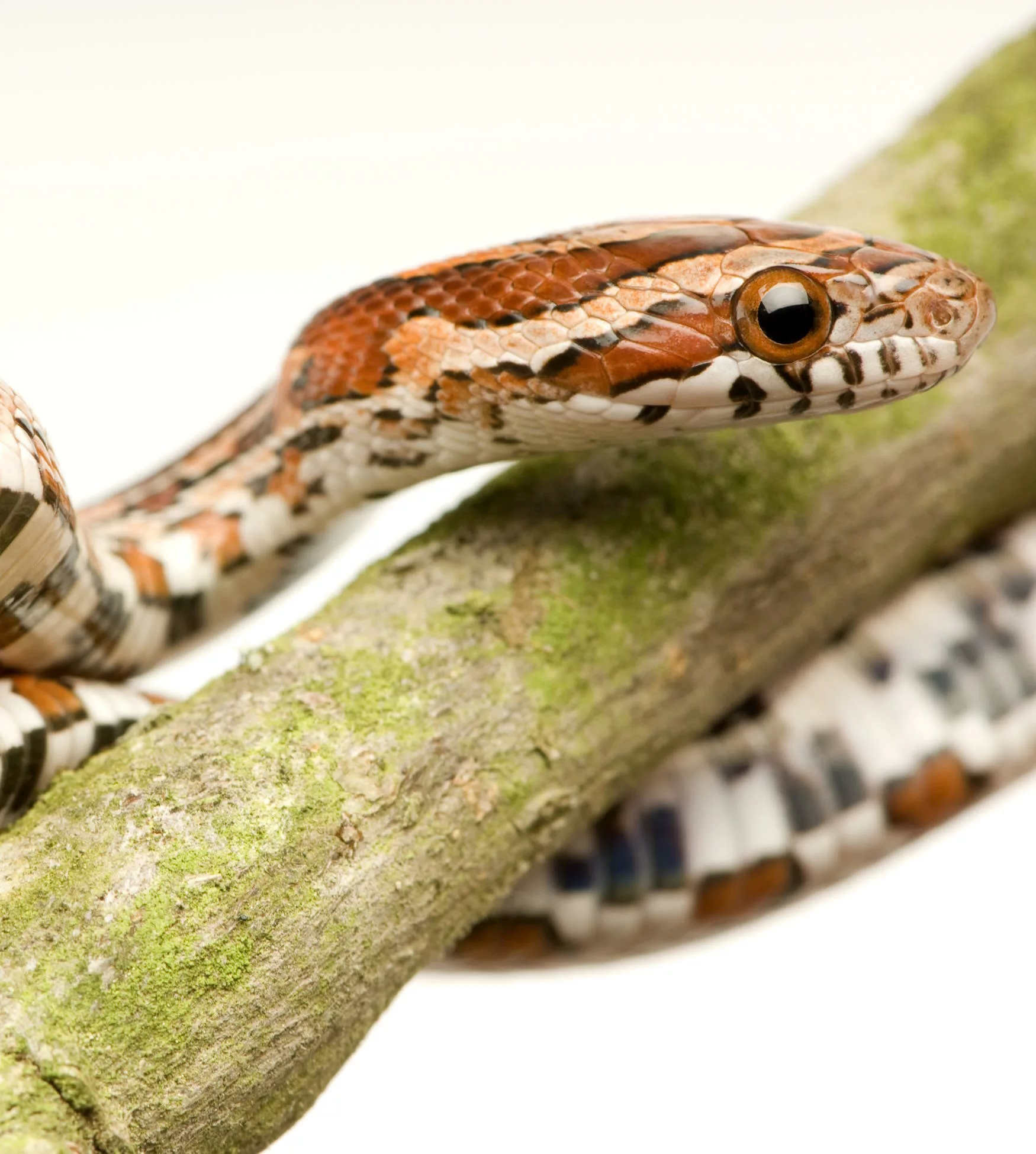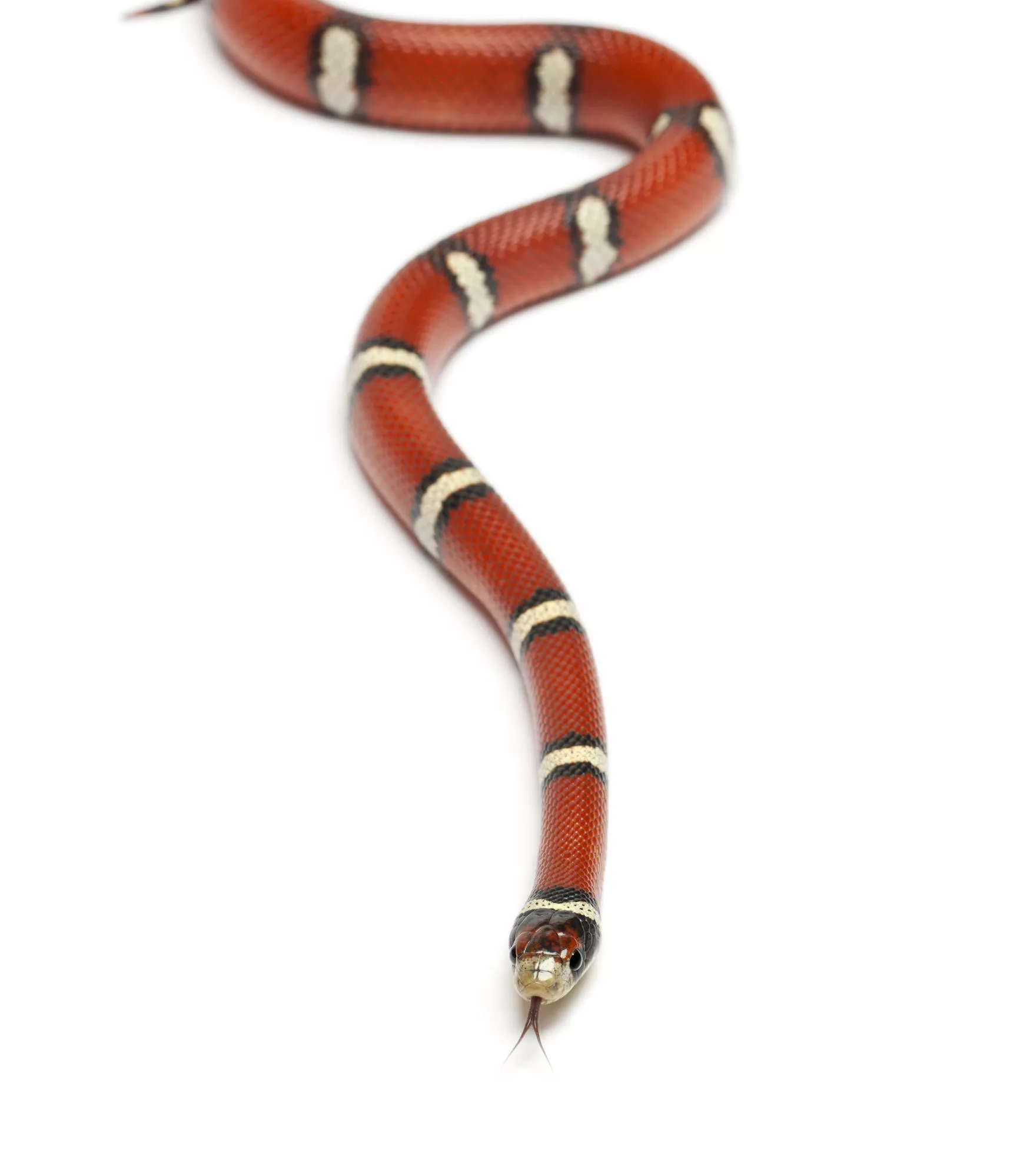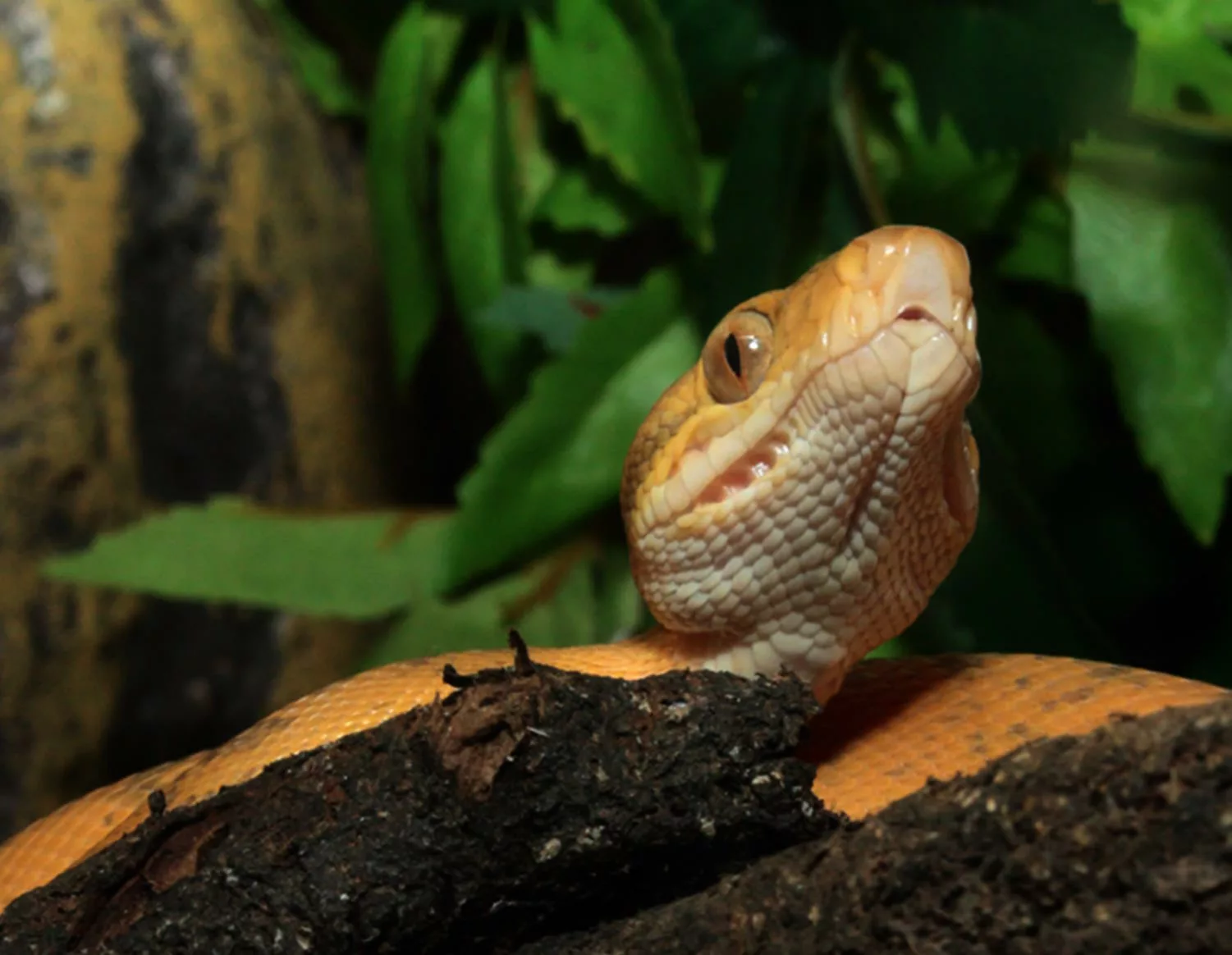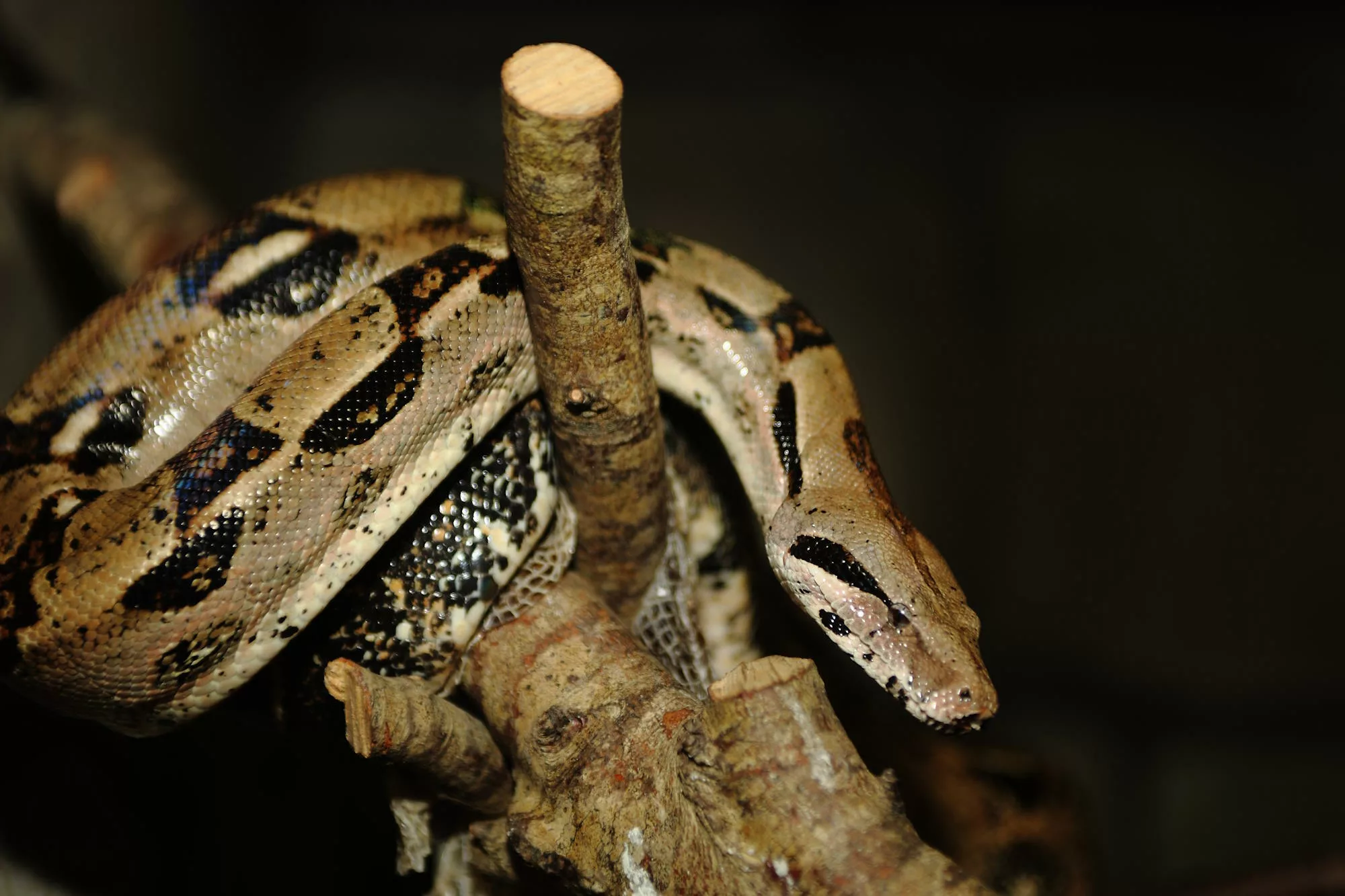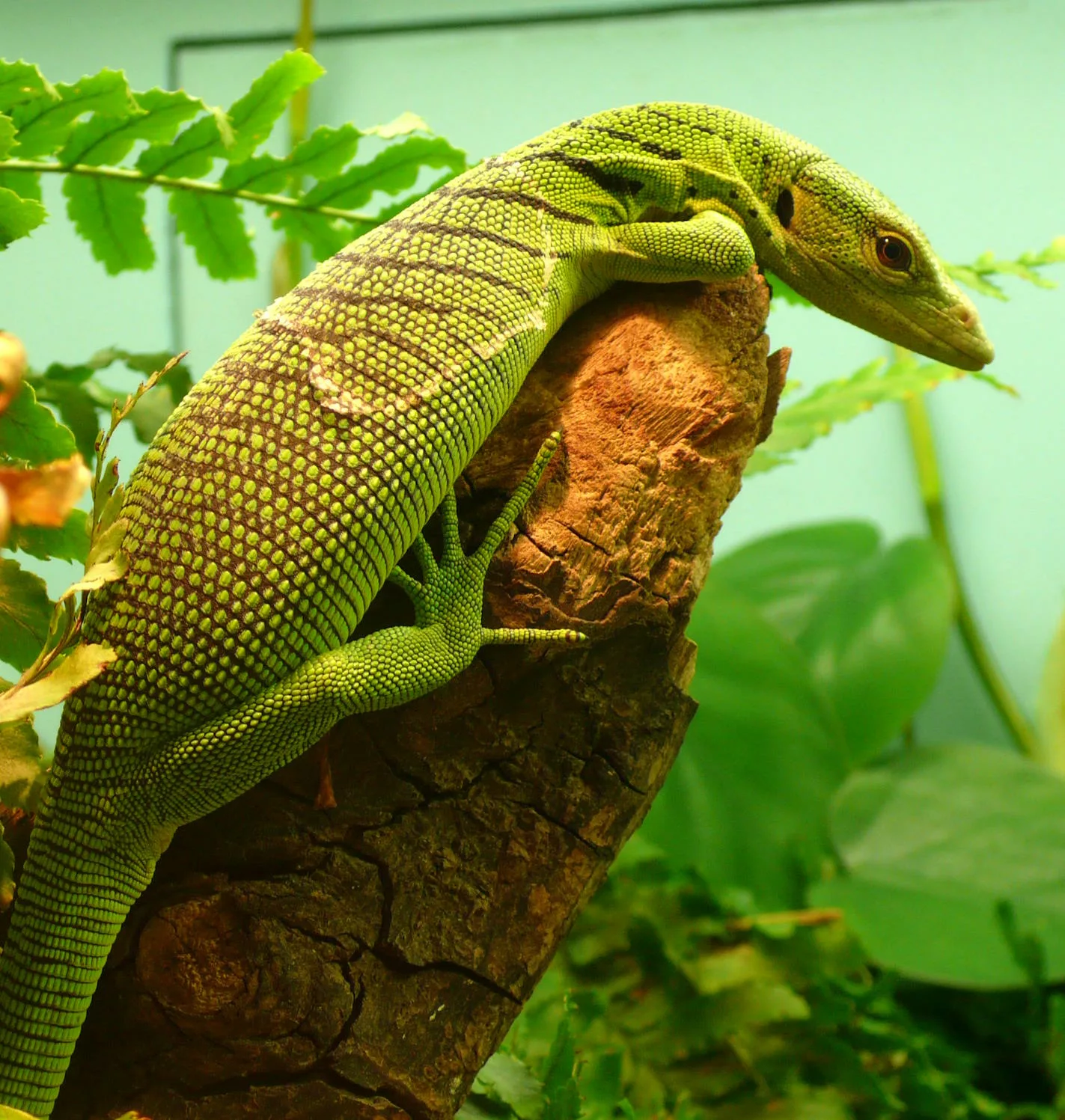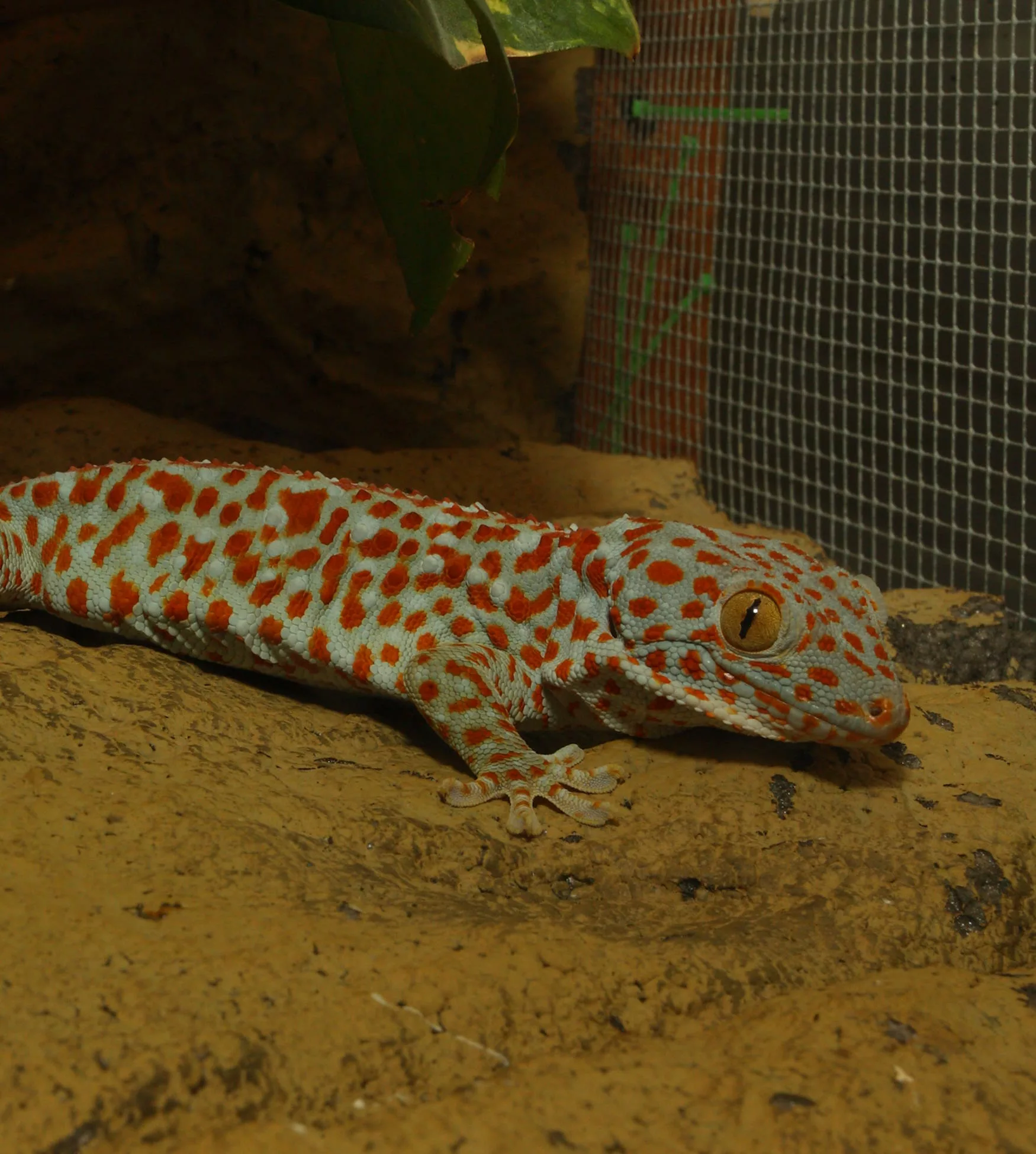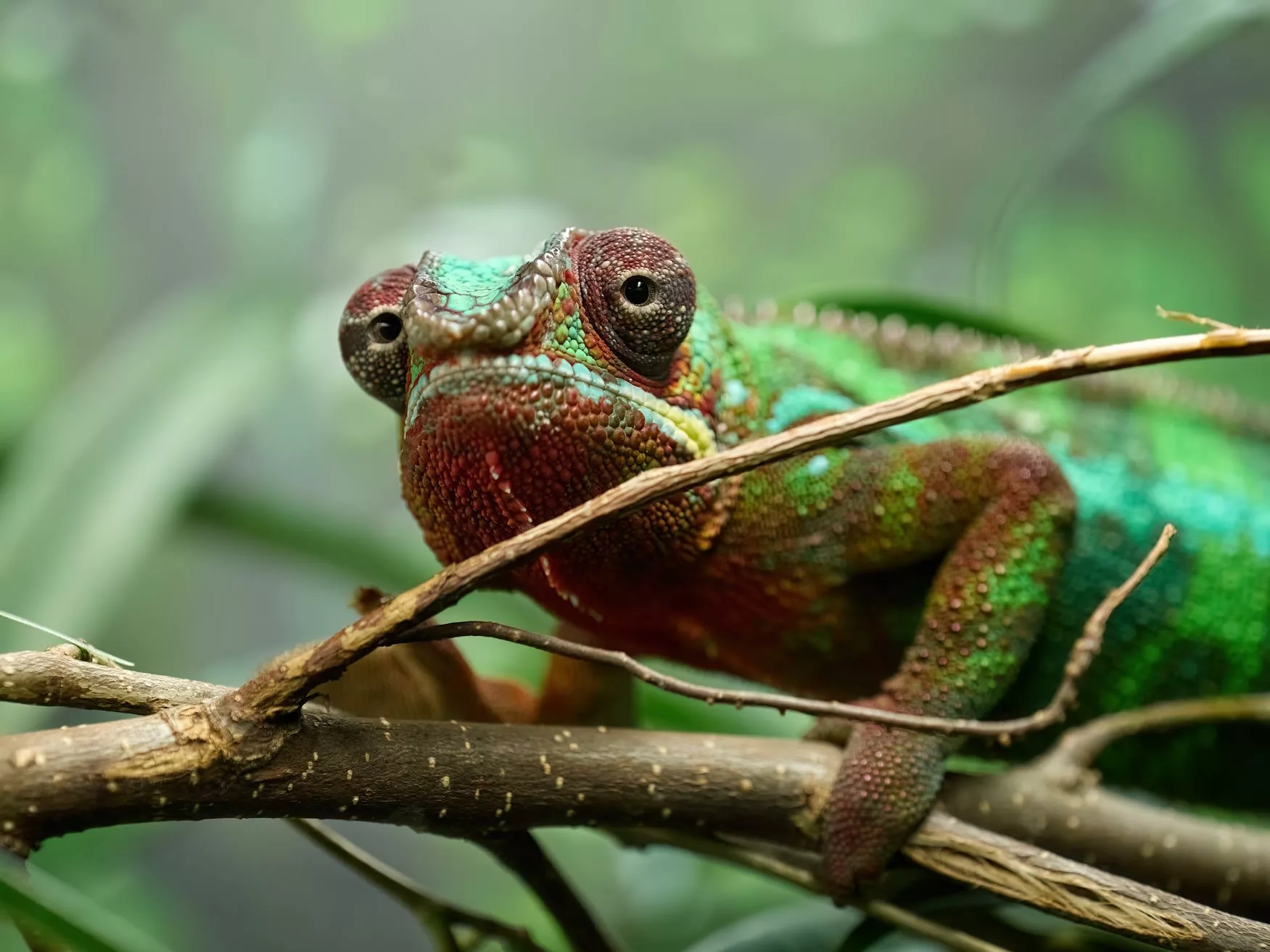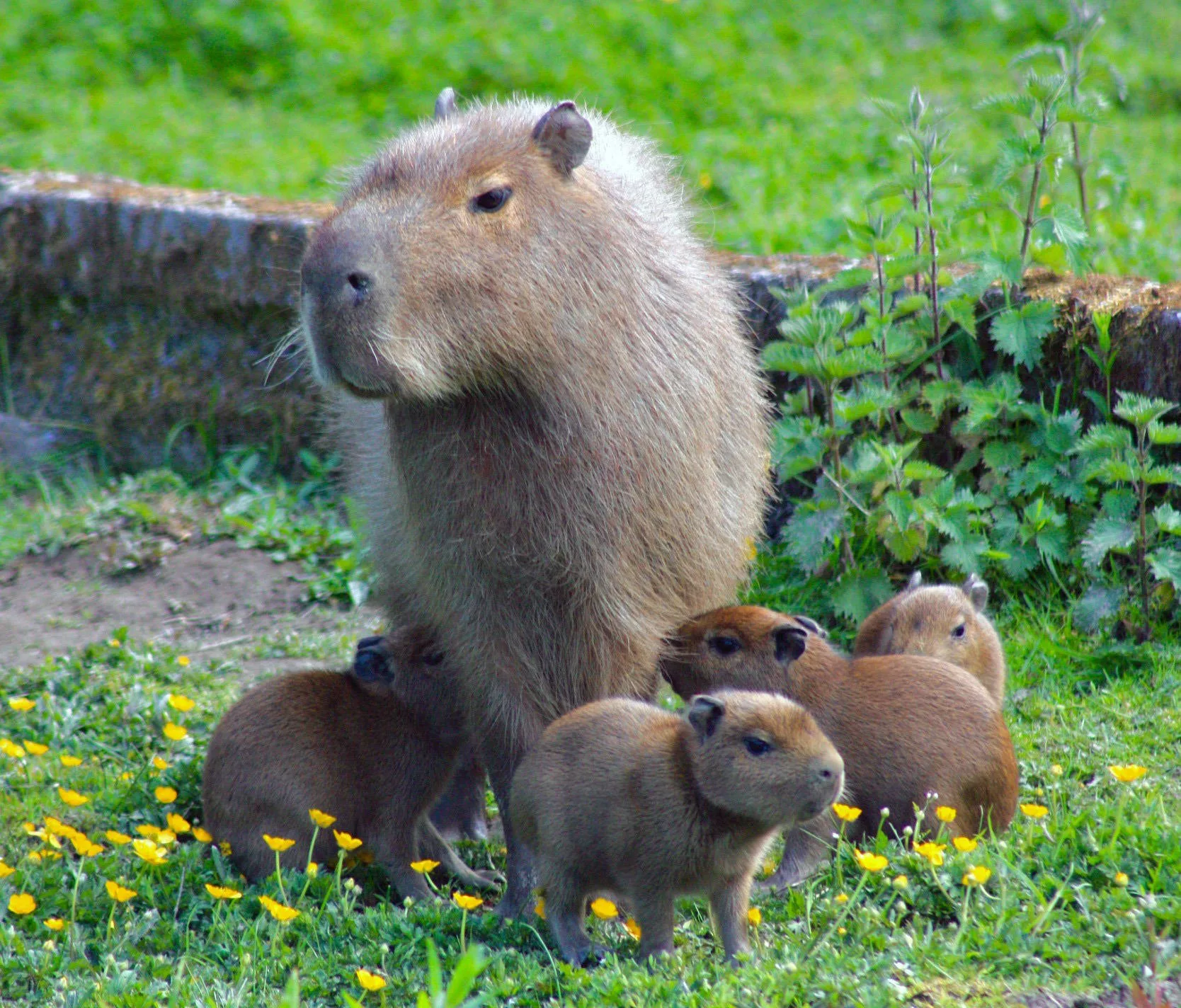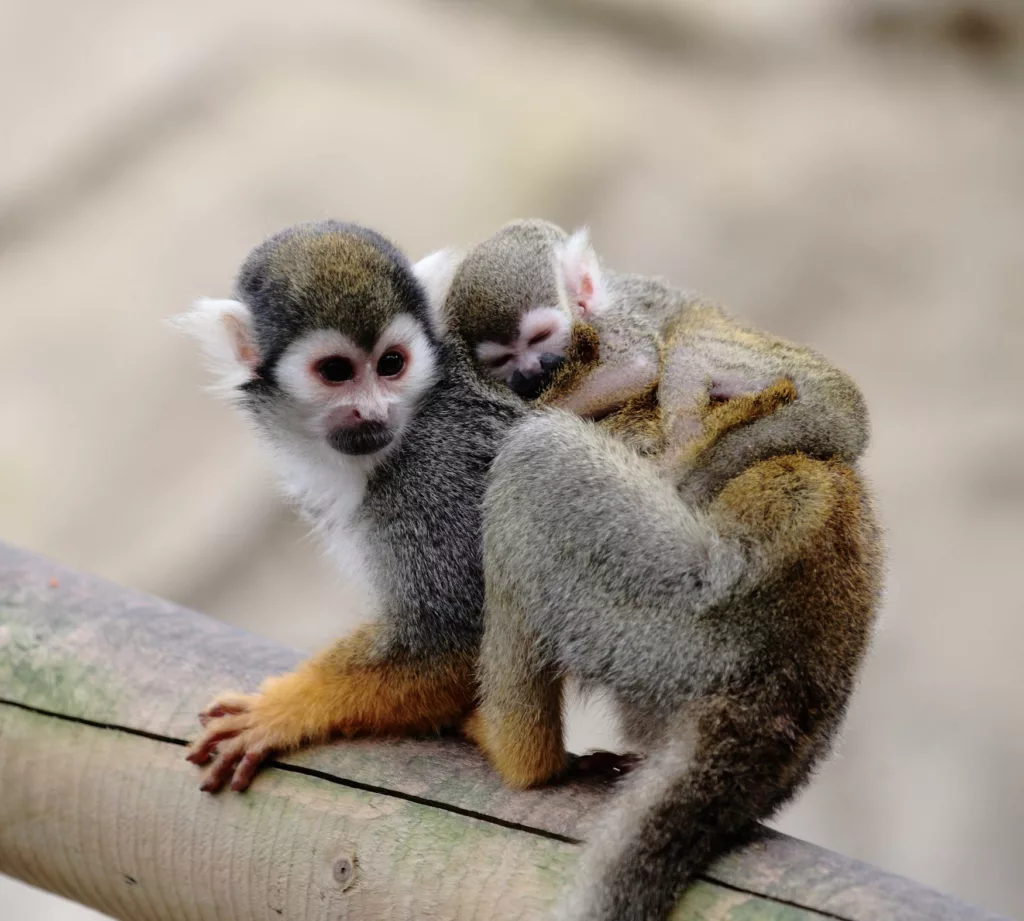
Guianan squirrel monkey
Scientific name: Saimiri sciureus
IUCN listed as: Stable
Learn before you visit!
Here are some facts about the species – Discover what they eat, find out about their natural habitat, see what they like to do, and more… Set the reading style to suit you too, everyday speak or something aimed towards children.
Child-friendly
Everyday
Diet
The Guianan Squirrel Monkey primarily consumes fruits, but it also eats leaves, seeds, flowers, and various small animals. Insects, spiders, and small vertebrates like lizards and bird eggs form an essential part of their protein intake. Their diet is diverse, enabling them to thrive in various forest environments. They are known to forage in mixed-species groups, which helps them find food more efficiently. This varied diet is crucial for their energy needs, especially given their high activity levels.
Guianan Squirrel Monkeys eat mostly fruits but also munch on leaves, seeds, flowers, and small animals like insects and spiders. They look for food in groups, which makes it easier to find. This varied diet gives them lots of energy. Their food helps them stay healthy and active.
Breeding
Breeding in Guianan Squirrel Monkeys typically occurs seasonally, with all infants in a group usually born within a short period. The gestation period lasts about five months, and births are timed with the rainy season to ensure a plentiful food supply. Males do not participate in caring for the young, but other females in the group often help the mother. Infants are carried by their mothers and weaned at about six months. The social structure of these monkeys helps in raising the young, with strong bonds formed within the group.
These monkeys have babies at the same time each year, usually during the rainy season. The mother takes care of the baby, and sometimes other females help too. Babies are carried by their mothers and stop nursing at about six months old. The whole group helps keep the babies safe and healthy.
Habitat
Guianan Squirrel Monkeys are native to tropical forests in French Guiana, Guyana, Suriname, and Brazil. They inhabit various forest types, including primary and secondary forests, and are highly adaptable to different environments. These monkeys spend most of their time in the middle canopy, where food is abundant and they are well-protected. Deforestation and habitat fragmentation pose significant threats to their habitats. Their adaptability to different forest layers, however, helps them survive in changing environments.
Guianan Squirrel Monkeys live in the tropical forests of South America, in countries like Brazil and Guyana. They like forests with lots of trees and spend most of their time in the middle part of the forest. Cutting down trees is a big threat to their homes. But they can live in different types of forests, which helps them survive.
At the zoo
As of 2018, we have a colony of 10 individuals. However, this is the first year they have not bred, which we suspect is due to the advanced age of the breeding male. If we wish to resume breeding, we may need to introduce a new male. This will likely result in the younger males being excluded, leading us to exhibit an all-male group.
As of 2018, we have a group of 10 animals. This year is the first time they haven’t had any babies, probably because the breeding male is getting old. If we want to have more babies, we might need to bring in a new male. This would likely mean the younger males get left out, so we might end up showing a group of only males.
Behaviour
Guianan Squirrel Monkeys are diurnal and arboreal, spending most of their time in the trees. They are highly social animals, living in large groups that can sometimes number in the hundreds. These monkeys use a variety of vocalisations to communicate, including alarm calls to warn of predators. They are known for their agility and speed in the trees, often moving quickly through the branches. Their social structure and communication skills are essential for maintaining group cohesion and safety.
These monkeys are very social and live in large groups. They are active during the day and move quickly through the trees. They use calls to talk to each other and warn about danger. Their fast movements and group living help keep them safe.
Fun facts
- Guianan Squirrel Monkeys are very social and live in groups that can have up to 300 members.
- They have a diverse diet that includes fruits, leaves, seeds, insects, and even small vertebrates.
- These monkeys are known for their agility and speed in the trees.
- They communicate using a variety of vocalisations, including alarm calls.
- Their tails, though not prehensile, help them balance as they move through the trees.
- They live in big groups that can have up to 300 members.
- They eat a lot of different foods, like fruits, leaves, and insects.
- They are super quick and agile in the trees.
- They talk to each other with different calls.
- Their tails help them balance while they climb.
More animals to discover at our zoo
Quick Links
Tickets & Prices
You can buy tickets for Exmoor Zoo securely online, as well as finding out more price options, discover offers, and more…
What’s on…
Exmoor Zoo hosts incredible Events all through the year. You can find out about what we’ve got in store here…
Routes & info
Like any great discovery, Exmoor Zoo can feel a little off the beaten path – but don’t worry – you can plan your journey with our recommended routes and other useful travel info.
